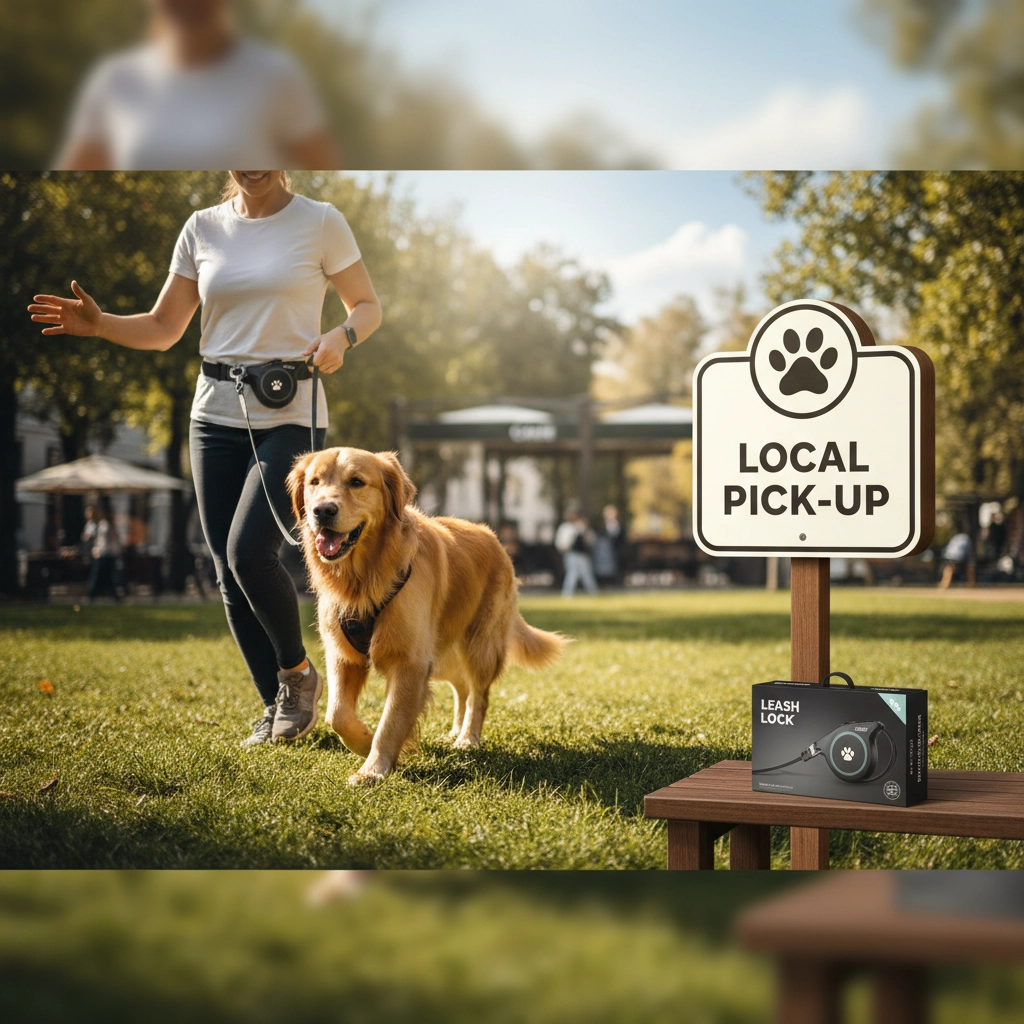Transform Your Space: How to Maximize Small Areas for Functionality and Style
- Randy Dinwiddie

- Sep 1
- 5 min read
Updated: Sep 30
In today's world, more and more people are living in cozy apartments, tiny studios, or compact home offices. If you find yourself in a small space, you might feel limited by the square footage. However, with some creative ideas and practical strategies, you can turn your small area into a stylish and functional haven. Let’s explore how to make the most of your space!
Living in a small area comes with a unique set of challenges. The biggest challenge is often storage. With limited room, it is easy for clutter to accumulate, making the space feel cramped. Additionally, the layout can restrict your choice for furniture placement and overall design.
Statistics show that, on average, people spend about 30% of their lives at home. This means optimizing your space is not just about aesthetics; it directly impacts your comfort and productivity. Think of small spaces as an opportunity to be creative and resourceful as you explore design options that suit your style.
Embrace Multi-Functional Furniture
Investing in multi-functional furniture can be a game changer. These items are designed to serve multiple purposes, allowing you to save space while enhancing your room's style.
Sofa Beds
A sofa bed is a true multifunctional hero. During the day, it provides cozy seating; at night, it easily transforms into a bed for guests. This is especially useful in studio apartments or tiny living rooms where every inch matters. In fact, using a sofa bed can save up to 20 square feet compared to dedicating that space solely for a traditional bed.
Storage Ottomans
Storage ottomans are another excellent choice for small spaces. Not only can they serve as seating or footrests, but they also hide away blankets, books, or games. This dual purpose helps keep your area organized and stylish.
Foldable Tables
Foldable tables provide flexibility, allowing you to create a dining area or workspace as needed. For example, a drop-leaf table can expand from a small footprint to accommodate up to six people, making it perfect for gatherings while saving space when it is just you.
Optimize Vertical Space
When you're dealing with limited floor space, optimizing vertical space is crucial.
Shelving Units
Consider installing shelving units that extend to the ceiling. These shelves can hold books, plants, or decorative items, drawing the eye upward and making the room feel larger. According to home design experts, vertical storage can increase available storage space by as much as 30%.
Wall-Mounted Storage
Utilize wall-mounted storage solutions like hooks or pegboards. This keeps items off the floor, creating a clean and organized environment while also factoring in an artistic touch to your decor. For instance, a pegboard can hold kitchen utensils, making them easily accessible while adding character to your kitchen.
Tall Furniture
Incorporate tall furniture like bookcases or cabinets. These provide significant storage without taking up too much floor space. For example, a tall bookcase with at least five shelves can store an impressive number of books—up to 100 or more, depending on their size—while drawing your eyes upward and giving a sense of spaciousness.
Use Light Colors and Mirrors
Color and light are crucial in how a space feels. Utilizing light colors and mirrors can effectively create the illusion of a larger area.
Light Color Palette
Opt for light colors for your walls and furniture. Soft whites, pastels, and light grays evoke a sense of airiness. In contrast, dark colors can shrink a small room visually. For example, using a soft beige paint on walls can brighten the room and make it feel 15% larger, according to interior design studies.
Integrating mirrors into your design enhances the feeling of space. A large mirror can reflect light and create depth, making a small room appear larger. Place a mirror opposite a window to maximize the influx of natural light—this can brighten a room by as much as 50% during daylight hours.
Create Zones
Defining distinct zones in your small space can help organize your activities and make the environment more functional.
Define Areas with Rugs
Use area rugs to create separate zones within a room. For instance, a rug can delineate a living area from a workspace, making each spot more defined without needing physical walls.
Furniture Arrangement
Think about how you arrange your furniture. Positioning a sofa to face a coffee table can create a cozy seating area, while a desk in a corner can serve as your workspace. This arrangement allows for both relaxation and productivity in the same room.
Use Room Dividers
In open floor plans, consider using room dividers. A bookshelf or a folding screen can provide privacy and structure. This not only maximizes utility but also adds a stylish touch to your decor.
Personalize Your Decor
Make your small area your own by personalizing your decor. Infusing your style into the space can enhance its comfort and warmth.
Artwork and Photos
Showcase artwork and personal photos to add character. A gallery wall filled with your favorite pieces provides visual interest without occupying precious floor space.
Plants
Including plants can breathe life into your area. Choose low-maintenance options like succulents or snake plants. These plants thrive in limited light and add color without overwhelming the space. Studies show that having plants in your environment can increase your sense of well-being by up to 60%.
Unique Accessories
Incorporate unique accessories that reflect your style. A vintage lamp, colorful throw blankets, or decorative pillows can introduce texture and warmth, making your small space feel inviting.
Keep It Organized
Organization is essential in small spaces. A cluttered area can feel chaotic and uncomfortable. Implement effective strategies to maintain a tidy and functional environment.
Declutter Regularly
Make decluttering a regular habit. Go through your belongings and eliminate items you no longer need or use. This practice can free up significant space and make organization easier.
Use Baskets and Bins
Utilize baskets and bins for smart storage solutions. They can hide items while adding a decorative flair. For example, a stylish woven basket can hold extra blankets or magazines, keeping your living area neat.
Create a Cleaning Routine
Establish a cleaning routine to keep your space tidy. Regularly dusting, vacuuming, and organizing will help maintain a pleasant environment. Setting aside just 15 minutes a day can make a big difference in how organized your small space feels.
Get Started with Your Transformation
Transforming small spaces into functional and stylish areas is not only doable but can be quite enjoyable. By embracing multi-functional furniture, optimizing vertical space, utilizing light colors and mirrors, creating zones, personalizing your decor, and keeping everything organized, you can significantly maximize the utility of your area.
The key is to be creative and resourceful. Small spaces allow you to express your personality and design preferences uniquely. With just a little effort and some imagination, you can create a space that is both comfortable and stylish, no matter the size.
So, roll up your sleeves and start your transformation journey today!










































Comments